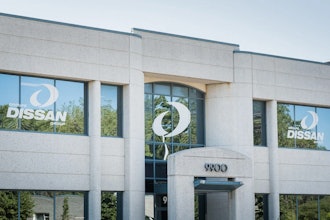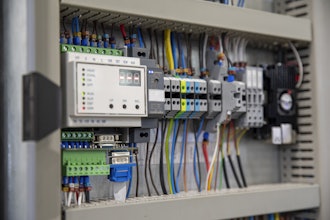
Decreasing inflation and stable interest rates are helping global mergers and acquisitions to make a comeback.
While dealmaking is not expected to reach the historic volumes of 2021, activity on Datasite, which facilitates nearly 15,000 new deals annually, shows a return to more sustainable volumes. For the first six months of this year, global sell-side kickoffs on Datasite are up 17% compared to the same period a year ago, while global buy-side deal kickoffs are even more robust, increasing 21% in this year’s first six months compared to the same period last year.
Since these are deals at their inception rather than announced, it gives a good indication of what’s to come in the next six to nine months.
Industrials are playing a key role in this revived activity. Several large manufacturers have already said they plan to increase their capital investments in 2024. This sentiment has translated into increased activity on Datasite, where global industrial sell-side deal kickoffs, especially asset sales and mergers, are up 14% in the first half of this year compared to the same period a year ago, and global industrial buy-side deal kickoffs, especially asset sales, are up a whopping 32% in this year’s first six months compared to last year’s.
What’s driving this interest?
In the U.S., new laws, including the 2021 Bipartisan Infrastructure Law, the 2022 CHIPS and Science Act, and the 2022 Inflation Reduction Act, are powering some of this activity. Investment in U.S. clean technology, for example, increased 39% to $265 billion in 2023 and was up a record $71 billion in the first quarter of this year.
Manufacturers are also making significant investments in innovative technologies. Some manufacturers are investing in automation and business processes, including generative AI, to improve efficiency. A recent report shows that most manufacturers see AI as the top technology that will significantly impact business outcomes, and 83% expect to incorporate GenAI into their operations in 2024.
After the global pandemic and other geopolitical events, some manufacturers are also investing in reshoring initiatives, so they can withstand shocks and recover more quickly when they occur.
Still, manufacturers are facing challenges. Upcoming elections and potential policy and regulatory changes, including concerns around U.S.-China economic relations, could have an impact on manufacturing M&A. Some may need to reconsider their sourcing strategies, if they haven’t already, to have dual supply sources or potentially even sever ties with Chinese suppliers. Cyber security and natural catastrophes are also ongoing risks for most manufacturers.
Additionally, market conditions and a growing demand for comprehensive intelligence is changing how dealmakers are conducting due diligence. Dealmakers are placing a greater emphasis on the quality of a deal, while buyers are seeking deeper insights, necessitating greater disclosures from sellers, and reflecting a more discerning approach to dealmaking, where thoroughness is prioritized over haste.
This is evident on Datasite in the volume of documents being uploaded to virtual data rooms. For example, content in Datasite data rooms is up on average by 48% per deal for the first half of this year compared to the same period a year ago.
Yet despite these challenges, deal activity in industrials is likely to remain steady for the remainder of the year. And while it’s difficult to know what’s next, especially from a policy perspective, industrial and manufacturing companies that are deal ready will likely reap the rewards.
Mark Williams is the chief revenue officer for the Americas at Datasite.






















